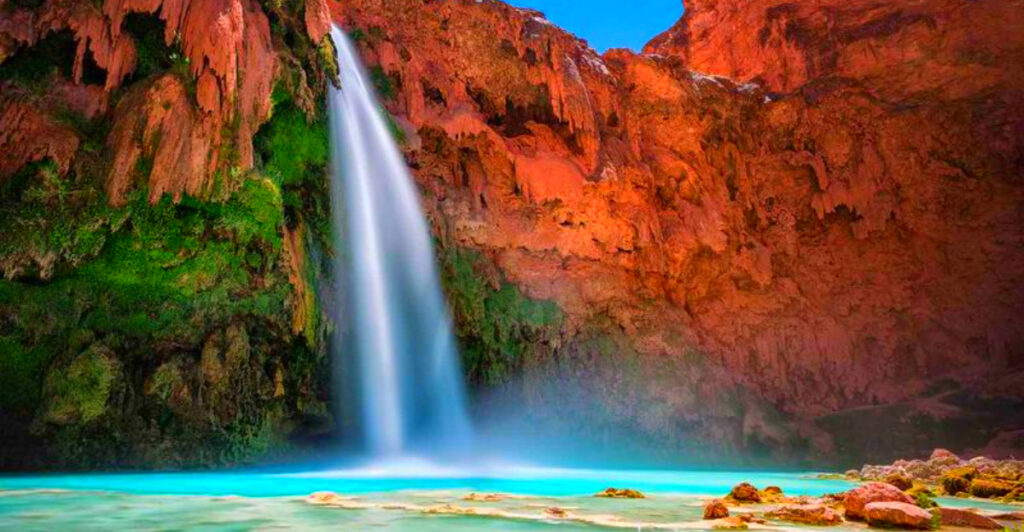America’s vast landscape hides incredible treasures far from crowded tourist paths. These remote destinations offer pristine wilderness, unmatched solitude, and natural wonders that few travelers ever experience. From icy Alaskan wilderness to desert canyons and isolated islands, these hard-to-reach places reward adventurous spirits with unforgettable experiences that simply can’t be found anywhere else.
Gates of the Arctic National Park, Alaska
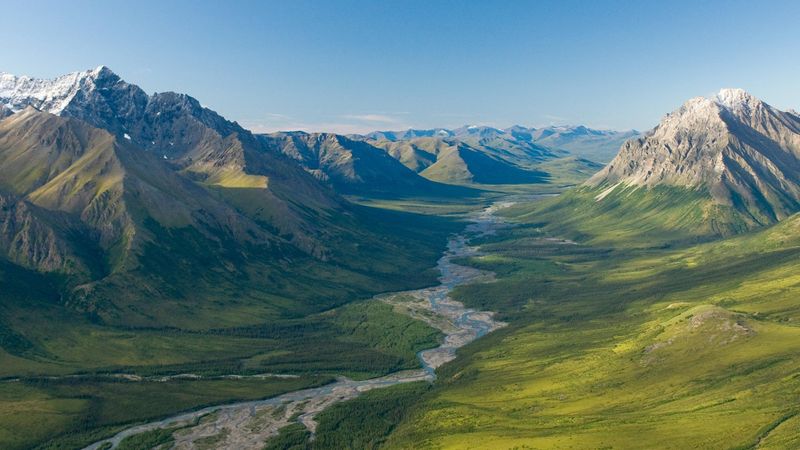
No roads lead to this pristine wilderness in northern Alaska. Towering mountains rise from glacier-carved valleys where caribou migrate across tundra that’s changed little since the last ice age. Fewer than 10,000 visitors brave the journey each year, making it America’s least-visited national park. Access requires either a bush plane or a serious backcountry trek. The reward? Absolute solitude under the midnight sun, crystal-clear rivers teeming with Arctic grayling, and a landscape so vast it humbles even seasoned explorers. The local Nunamiut people have thrived here for generations, offering rare cultural insights for those willing to make the journey.
Hundred-Mile Wilderness, Maine
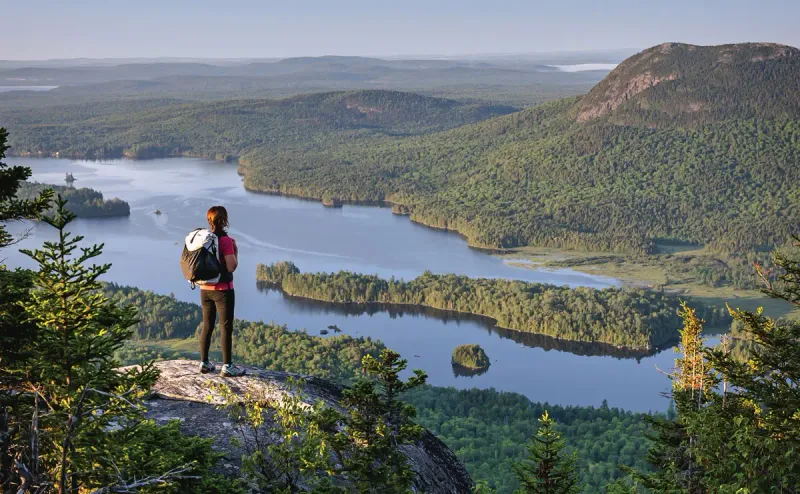
Marking the final stretch of the Appalachian Trail, this legendary passage demands respect from even the most hardened hikers. Dense forests of spruce and fir trees create a cathedral-like atmosphere, while hidden waterfalls provide cooling respite on hot summer days. The trail winds past pristine ponds where moose wade in early mornings. Prepare thoroughly—there’s no resupply, no cell service, and precious few escape routes once you’ve committed. Many thru-hikers consider this section their most profound wilderness experience. The reward comes in moments of perfect stillness: loons calling across misty lakes at dawn, or the brilliant night sky unmarred by light pollution.
Boundary Waters Canoe Area, Minnesota
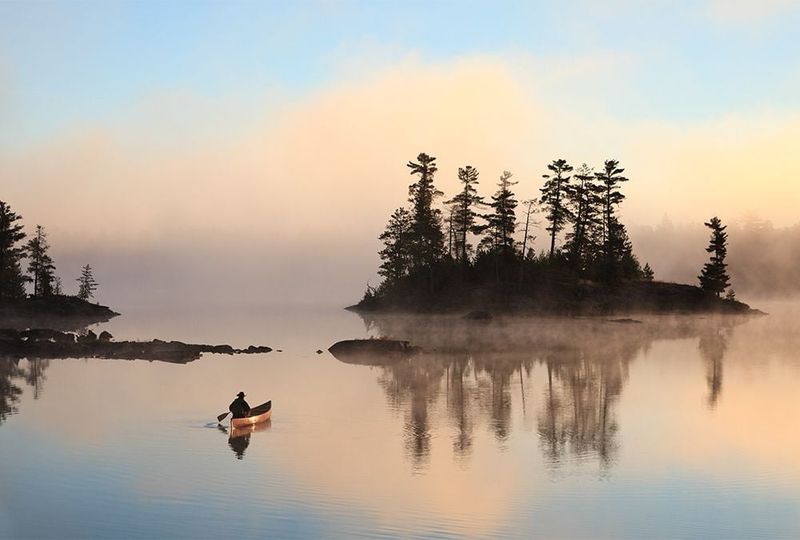
Morning mist rises off mirror-like lakes as your paddle breaks the surface—the only sound for miles. A million acres of interconnected waterways create a paddler’s paradise unlike anywhere else in America. Ancient portage trails connect over 1,000 pristine lakes, worn smooth by centuries of moccasins and canoes. Granite outcroppings provide perfect lunch spots where you might spot otters playing or eagles soaring overhead. Motorized travel is prohibited in most areas, preserving the profound silence that defines this wilderness. Campsites dot forested shorelines, offering secluded spots to watch spectacular northern lights dance across the sky. Winter transforms everything into a silent, snow-covered wonderland accessible only by dogsled or cross-country skis.
Havasupai Falls, Arizona
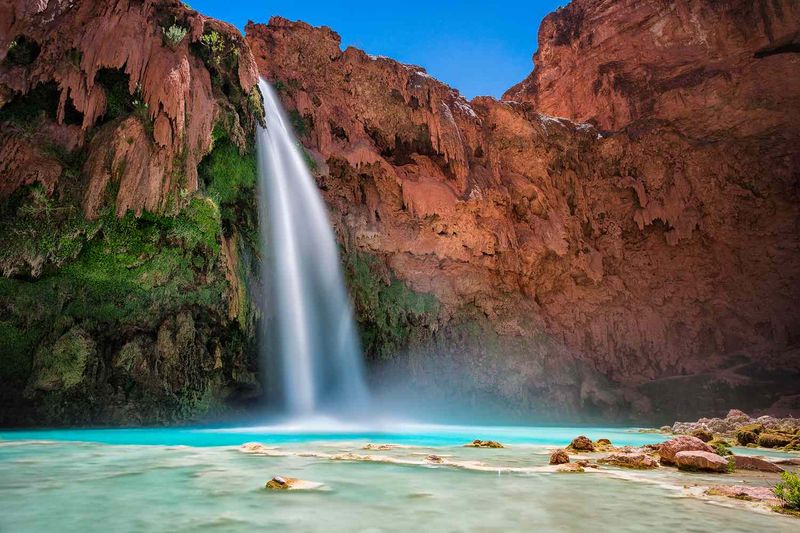
Turquoise waters cascade over red rock cliffs in this hidden paradise within the Grand Canyon. The journey begins with an arduous 10-mile hike through desert terrain before revealing its spectacular reward: a series of breathtaking waterfalls that seem almost impossibly blue against the arid landscape. The remote Havasupai Tribe manages this sacred land, limiting visitors and requiring advance permits that often sell out within hours. Their village, Supai, remains the only place in America where mail still arrives by mule train. Overnight camping near the falls offers the rare chance to experience this wonder without day-hikers. Moonlight turns the cascading water into liquid silver, creating magical moments worth every step of the challenging journey.
Teton Wilderness, Wyoming
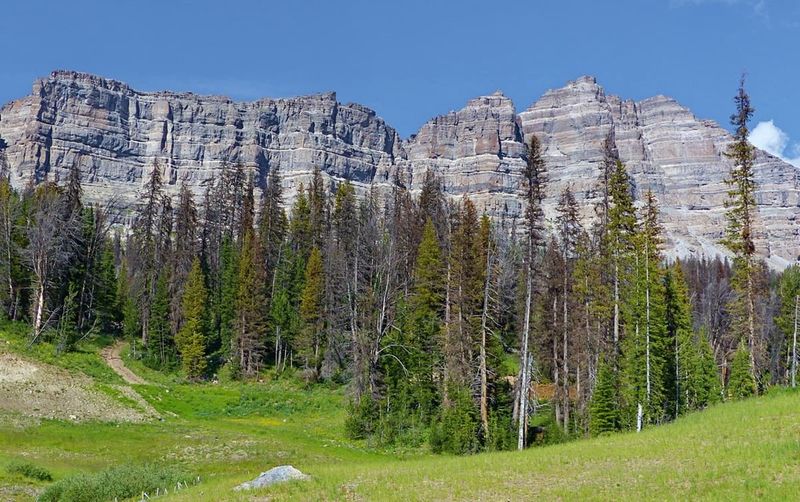
Mathematicians have pinpointed a spot in this rugged wilderness as the most remote location in the lower 48 states—over 20 miles from any road. Grizzlies roam freely across vast meadows where wildflowers bloom in explosive color during brief alpine summers. Straddling the Continental Divide, these mountains form the headwaters of both Atlantic and Pacific watersheds. Adventurous backcountry travelers might witness massive elk herds or hear wolves howling under starlit skies. Unlike its famous neighbors (Yellowstone and Grand Teton National Parks), this wilderness area receives a fraction of the visitors while offering equally spectacular scenery. Remote mountain lakes hold native cutthroat trout that have never seen artificial lures, making this a fly-fishing paradise for those willing to hike in.
Jarbidge Wilderness, Nevada
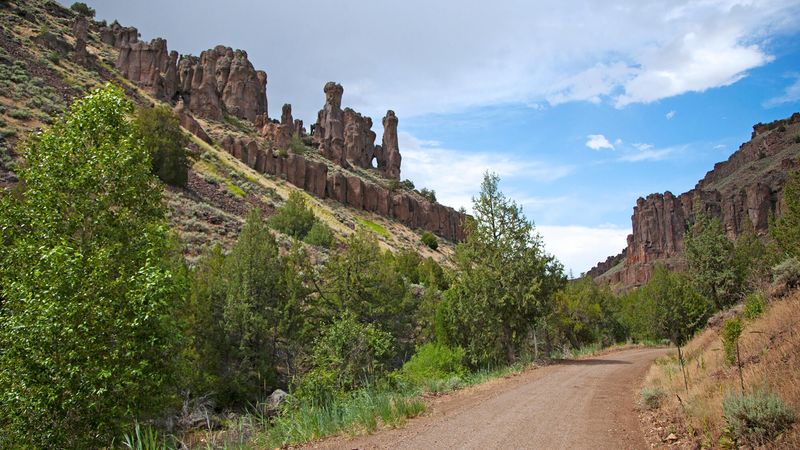
Tucked away in Nevada’s northeastern corner sits America’s best-kept wilderness secret. Rugged mountains rise dramatically from sagebrush plains, hiding deep canyons where crystal streams support rare Lahontan cutthroat trout. The tiny ghost town of Jarbidge (population: 12) offers the last chance for supplies before entering this pristine backcountry. Summer brings spectacular wildflower displays across high meadows, while fall paints the landscape with golden aspen groves. Unlike many western wilderness areas, you’ll rarely encounter another soul here. The challenging access—via rough dirt roads that become impassable during winter—keeps crowds away. Those who make the effort find themselves in mountain solitude so complete it feels like stepping back in time.
Hoh Rain Forest, Washington

Step into an emerald dreamscape where moss drapes from ancient trees like living curtains. This temperate rainforest receives over 140 inches of precipitation annually, creating an otherworldly ecosystem unlike anything else in America. Giant Sitka spruce and western hemlock trees, some over 300 feet tall and 1,000 years old, form a cathedral-like canopy. The forest floor teems with life—nurse logs nurture new saplings, mushrooms sprout in fantastic shapes, and Roosevelt elk move silently through misty understory. The Hall of Mosses trail offers an accessible taste, but true solitude awaits those who venture deeper along the Hoh River Trail. Scientists have designated spots here as having the least noise pollution in the continental United States—places where natural silence remains unbroken by human sounds.
The Maze District, Utah
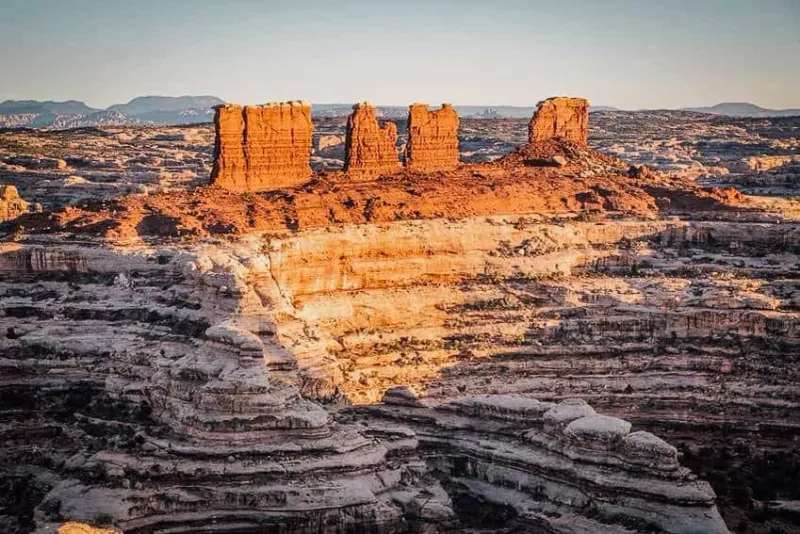
Park rangers have a saying about this labyrinthine section of Canyonlands: “You might get into The Maze in a day, but it could take a lifetime to find your way out.” Towering red rock formations create a natural puzzle box that challenges even experienced navigators. Reaching this remote district requires high-clearance 4WD vehicles, technical driving skills, and complete self-sufficiency. Water sources are scarce and unreliable among the sun-baked canyons. The reward for such effort? Ancient petroglyphs carved by mysterious ancestors, spectacular rock formations that few humans ever witness, and night skies so dark that the Milky Way casts shadows. Edward Abbey’s desert classic “Desert Solitaire” was partly inspired by this magnificent desolation.
Big Bend National Park, Texas
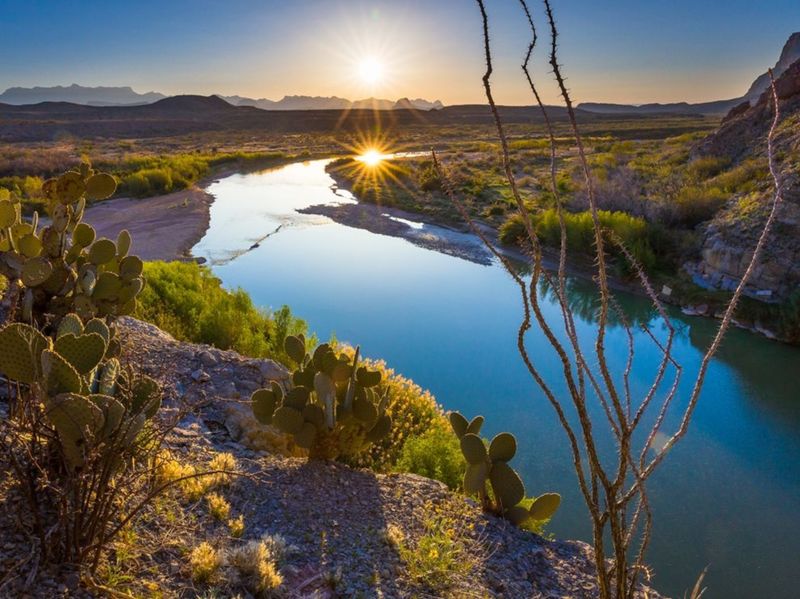
Where else can you soak in natural hot springs while gazing across an international border? This massive park encompasses an entire mountain range and stretches along 118 miles of the Rio Grande, creating a boundary with Mexico that feels more like a meeting place than a dividing line. Ancient limestone canyons plunge dramatically to the river below. The park’s remoteness—it’s several hours from any major city—creates some of the darkest night skies in North America, drawing astronomers and stargazers from around the world. Desert landscapes burst with surprising life: javelinas forage among cacti, mountain lions prowl higher elevations, and over 450 bird species pass through annually. The South Rim trail offers heart-stopping views across endless Chihuahuan Desert that seems to stretch forever.
Raspberry Island, Alaska
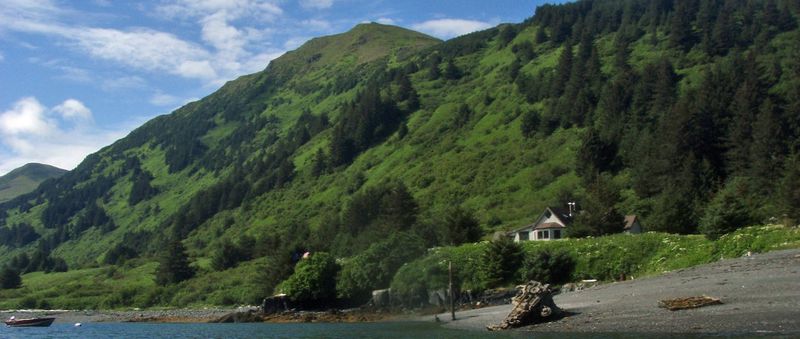
Wild and windswept, this gem in Alaska’s Kodiak Archipelago offers a perfect balance of rugged adventure and unexpected comfort. Lush forests of Sitka spruce blanket mountains that plunge dramatically into the North Pacific. Getting here requires either floatplane or boat charter from Kodiak City. The effort pays off instantly when you spot your first brown bear fishing along pristine salmon streams or glimpse orcas breaching offshore. Unlike many Alaskan wilderness destinations, Raspberry Island hosts a handful of remote lodges offering surprising luxury amid raw nature. Kayak past sea lion colonies in the morning, hike ridgelines with sweeping ocean views by afternoon, then return to gourmet seafood dinners and wood-fired saunas as the midnight sun lingers on the horizon.
Little Diomede Island, Alaska
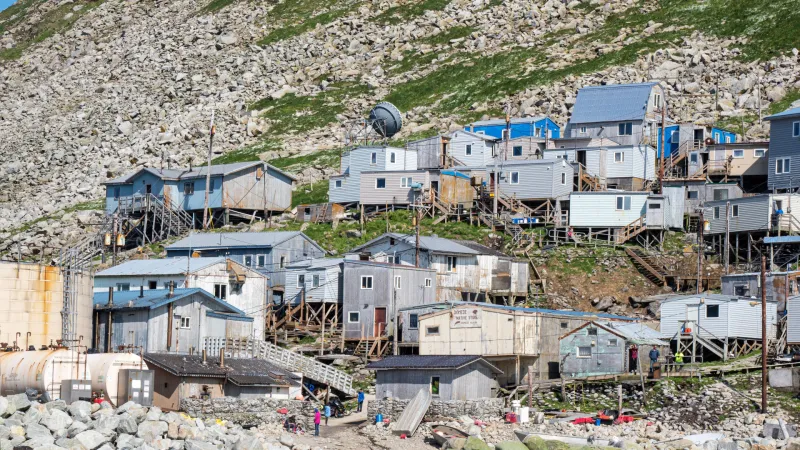
Stand on this tiny, rocky outpost and you can literally see tomorrow—Russia’s Big Diomede Island sits just 2.4 miles away across the International Date Line. Home to fewer than 100 Iñupiat people, this remarkable community survives at the edge of America, accessible only by helicopter when weather permits. Houses cling to the steep mountainside facing east, as the western side remains too rugged for building. During winter, the Bering Strait freezes solid, creating an ice bridge that historically connected continents. Residents still practice traditional subsistence hunting for walrus and seals. Visiting requires permission from the tribal council and presents unique logistical challenges. Those who make the journey experience a way of life that has adapted to one of Earth’s most challenging environments while maintaining deep cultural traditions.
Denali Wilderness, Alaska

The mountain Athabascans called “The High One” anchors this vast wilderness preserve, where a single 92-mile road provides the only vehicle access. Beyond that ribbon of gravel lies America’s most magnificent subarctic ecosystem, largely unchanged since the last ice age. Wildlife thrives here in numbers that seem impossible in the modern world. Massive grizzlies dig for ground squirrels, wolf packs track caribou herds across tundra, and Dall sheep navigate precarious ridgelines. The landscape shifts dramatically with elevation—from taiga forests to alpine tundra to permanent ice fields. Private vehicles can only drive the first 15 miles; beyond requires park buses or backcountry permits. This limitation preserves both wilderness character and wildlife viewing opportunities unmatched anywhere in North America.
Aleutian Islands, Alaska
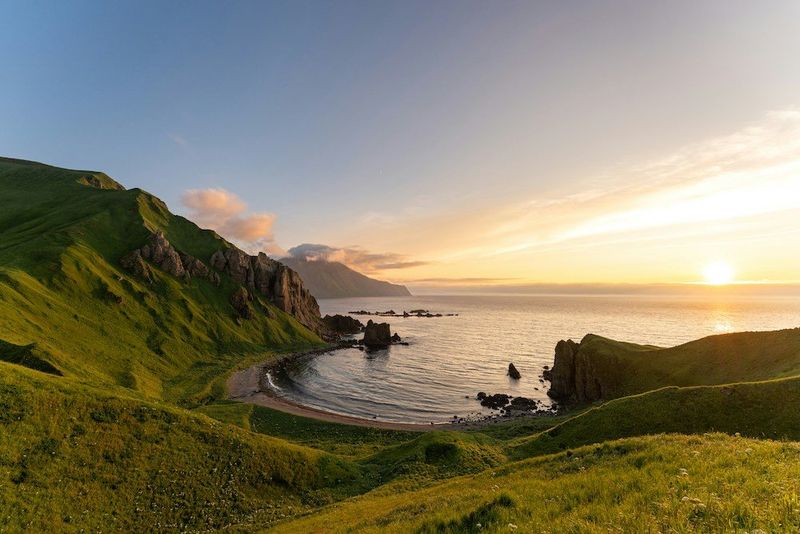
Stretching like a broken bridge toward Asia, this volcanic island chain represents America’s last frontier. Constant wind shapes everything here—from the treeless landscape to the hardy communities that have adapted to this harsh environment for thousands of years. World War II buffs recognize these islands as the site of the forgotten Aleutian Campaign, where Japanese forces occupied American soil. Rusting military relics still dot certain islands, slowly returning to the earth. Wildlife thrives despite challenging conditions: massive seabird colonies nest on cliff faces, sea otters wrap themselves in kelp beds, and the world’s largest congregation of northern fur seals breeds on the Pribilofs. Reaching most islands requires either specialized cruise ships or charter flights that often face weather delays—nature still controls access to this remote archipelago.
Lost Coast, California
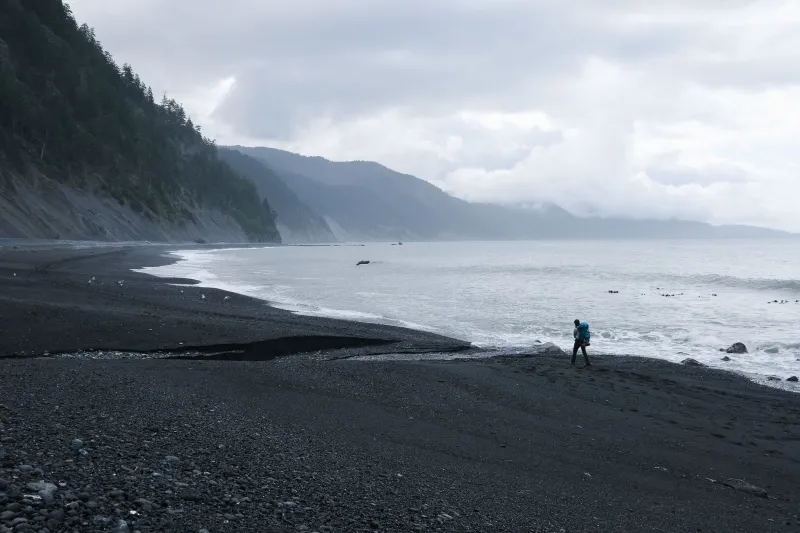
When highway engineers deemed this rugged coastline too challenging for road construction, they inadvertently preserved California’s last truly wild shoreline. Sheer mountains plunge directly into the Pacific, creating a dramatic landscape that feels utterly removed from the developed California most visitors experience. Black sand beaches stretch between towering cliffs where Roosevelt elk graze in coastal meadows. Ancient redwood forests reach nearly to the shore in places, creating a unique ecosystem where land and sea interact in primeval harmony. Backpackers must time their trek carefully—several sections become impassable during high tide. The reward comes in solitude rarely found on any coastline: watching harbor seals play in the surf, discovering fossilized shells in sedimentary cliffs, and falling asleep to the rhythm of waves with no artificial lights visible in any direction.
Ocracoke Island, North Carolina
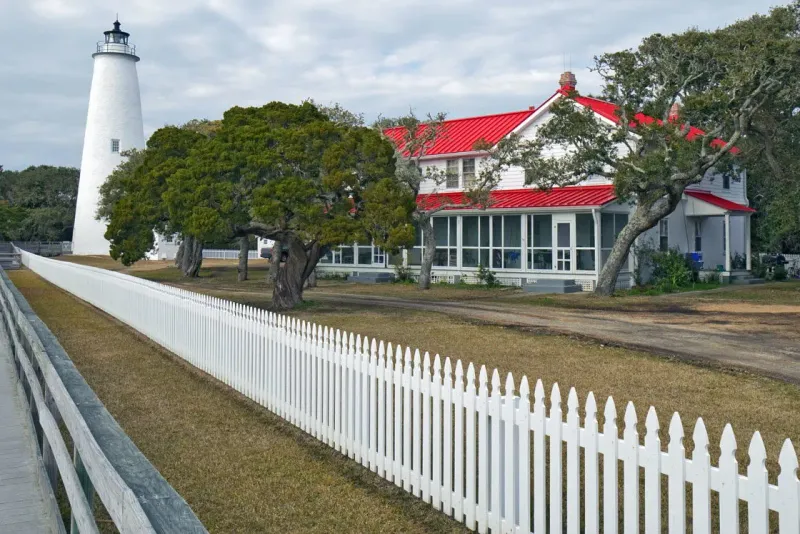
Accessible only by ferry or private boat, this barrier island gem preserves a distinctive coastal culture that evolved in relative isolation. Blackbeard the pirate met his end in Ocracoke’s harbor, beginning centuries of colorful history that continues today. The island’s distinctive brogue—a unique dialect with Elizabethan influences—can still be heard among multi-generational residents. Wild ponies roam protected areas, descendants of Spanish mustangs that survived shipwrecks centuries ago. Sixteen miles of undeveloped National Seashore provide pristine beaches where shelling proves exceptional. The compact village features historic homes, working watermen’s docks, and locally-owned shops instead of chain stores. Visitors quickly adopt the relaxed pace, where bicycles outnumber cars and stargazing replaces television for evening entertainment.
Channel Islands, California
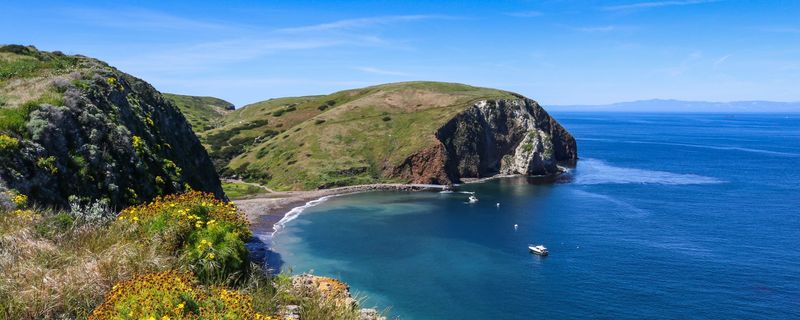
Often called “America’s Galapagos,” these five islands floating off the Southern California coast harbor plant and animal species found nowhere else on Earth. Despite being visible from Los Angeles on clear days, they remain surprisingly uncrowded and pristine. Island foxes, no larger than house cats, evolved here in isolation for thousands of years. Giant sea caves beckon kayakers to explore their mysterious interiors, while crystal waters reveal kelp forests teeming with colorful marine life. Each island offers distinct experiences: Santa Cruz features diverse hiking trails through varied terrain, while remote San Miguel rewards visitors with thousands of elephant seals and sea lions lounging on windswept beaches. Access requires planning—boats depart from mainland harbors on limited schedules, and visitors must bring all necessary supplies including water.

